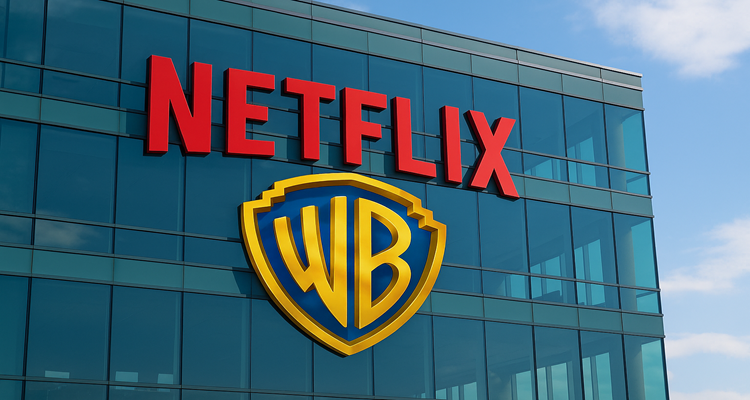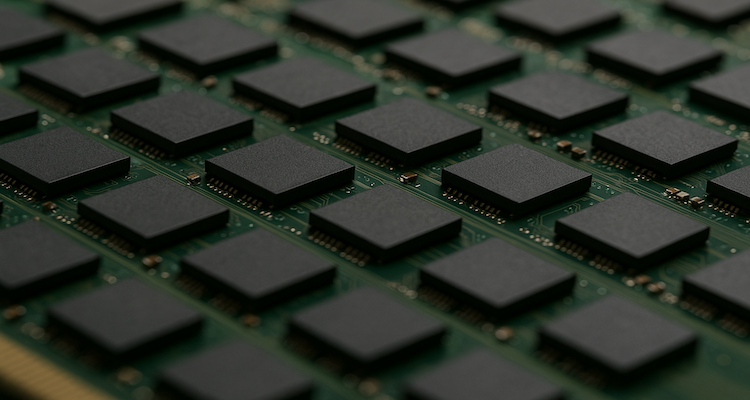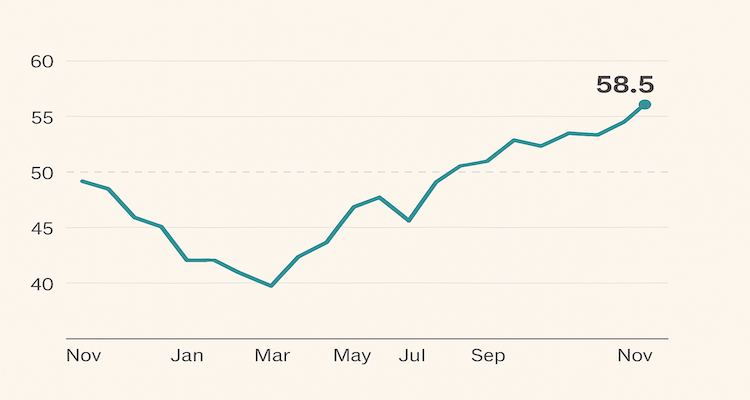AI Professors: What Happens When Machines Train Machines?
As AI models begin to teach other AIs, experts weigh in on the implications, benefits, and risks of a future where machines become the mentors.
Introduction: When the Student Becomes the Master
In the ever-evolving world of artificial intelligence, we’ve reached a new frontier: AIs teaching AIs. What once seemed like science fiction is now actively shaping the landscape of machine learning. As large language models like GPT-4o, Claude, and Gemini evolve, they’re no longer just tools they’re becoming instructors, passing on knowledge, strategies, and reasoning methods to younger or less capable AI systems. But what does this mean for innovation, oversight, and humanity’s role in the loop?
Context: From Human-Led Training to AI-Led Guidance
Traditionally, AI systems have been trained by vast human-curated datasets, supervised algorithms, and countless engineering hours. Human researchers defined loss functions, corrected errors, and reinforced accurate predictions.
But the scale of modern AI with trillions of parameters and exponential data intake is making human oversight inefficient. Enter machine-teaching-machine systems. Using reinforcement learning from AI feedback (RLAIF), teacher models now evaluate, guide, and improve the performance of their “student” models without human intervention.
This transition didn’t happen overnight. Milestones like DeepMind’s AlphaZero, which learned to master chess and Go by playing against itself, hinted at this autonomy. Now, foundation models are beginning to share reasoning chains, validate each other’s outputs, and simulate human feedback at scale.
Main Development: How AI Teaches AI Today
AI-to-AI teaching occurs in several key ways:
Self-Distillation and Model Compression
In self-distillation, a large, complex teacher model trains a smaller, efficient student model by sharing its knowledge often in the form of predicted probabilities or intermediate steps. The student learns not just to reach the correct answer, but to think like the teacher.
Reinforcement Learning from AI Feedback
A more recent twist on reinforcement learning with human feedback (RLHF), this method uses AI-generated feedback to refine other models. For example, when multiple AIs generate answers, a “teacher” model ranks and critiques them, guiding future outputs. This method is cost-effective and scalable, especially for tasks like summarization, content moderation, or programming.
AI-Curated Training Data
Powerful LLMs are now generating synthetic training data to improve newer or specialized models. This helps avoid copyright issues, expand niche domains, and simulate edge cases not found in natural datasets.
Multi-Agent Collaboration
In lab settings, autonomous agents now collaborate, debate, and critique each other’s reasoning to converge on optimal solutions from mathematical proofs to economic modeling. Each AI acts as both a learner and a guide.
Expert Insight: Promise and Peril in Machine Mentorship
Dr. Fei-Fei Li, co-director of the Stanford Human-Centered AI Institute, warns:
“While AI-led instruction can improve scale and efficiency, we must remember that AIs do not have values. Without oversight, we risk encoding biases at scale or losing transparency in how knowledge is transferred.”
Dr. Ethan Caballero, an AI safety researcher, notes:
“The recursion of AIs training other AIs could accelerate intelligence in unpredictable ways. If we don’t set boundaries, we may struggle to audit how models learned what they know.”
On the optimistic side, Yann LeCun, Meta’s Chief AI Scientist, sees potential:
“AI-to-AI teaching can be an amplifier of good practice. It can make deployment safer by automating alignment processes and detecting failure modes early.”
Impact and Implications: A Double-Edged Sword
Acceleration of AI Capabilities
AI-teaching accelerates learning curves. New models can reach state-of-the-art performance in days, not months. This benefits companies racing to deploy chatbots, copilots, or content creators at scale.
Opacity and Auditability Challenges
As knowledge passes from model to model, tracing back errors or hallucinations becomes harder. This introduces accountability gaps especially in critical fields like healthcare, legal AI, or defense applications.
Global AI Disparity
Organizations with access to high-quality “teacher” models gain an edge. This creates barriers for open-source and academic communities, potentially consolidating power among tech giants.
⚠️ Risk of Misalignment Cascades
If flawed reasoning or biases from one model are passed down and compounded, downstream AIs may amplify these issues akin to a broken photocopy machine reproducing its own errors.
Conclusion: Are We Ready for Machine-Led Mentorship?
The notion of an AI becoming the professor of other AIs might sound dystopian, but in practice, it’s already reshaping machine learning. This new paradigm promises efficiency, cost savings, and scale but also invites deep ethical, technical, and philosophical questions.
Can we trust a knowledge chain we can’t fully trace? What does it mean when the student model surpasses its teacher? And, ultimately, are humans still the ones holding the chalk or are we merely sitting at the back of the classroom?
One thing is clear: in this new era of recursive intelligence, the line between creator and creation is growing ever thinner. Now more than ever, transparency, oversight, and human values must remain central to this unprecedented evolution.
(Disclaimer: This article is for informational and educational purposes only. It does not endorse any specific AI model, training method, or company. Readers are encouraged to consult industry experts and peer-reviewed research for deeper insight into AI training and governance.)
Also Read: AI Boom Defies Recession Fears, Reshapes U.S. Economy











